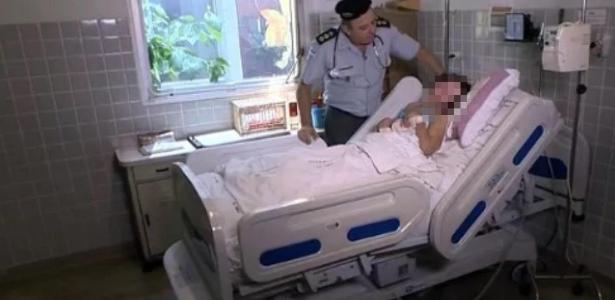
Although not mentioned often when it comes to the space agenda, the UK has big plans for extraterrestrial missions. Without the same spotlight as the United States, the country must, starting this year, implement projects such as permanent lunar station bases and rovers capable of orbiting a natural satellite.
The project closest to completion relies on the Asagumo rover – a type of robotic spider – which could take its first steps on the moon in 2021 and become the UK's first lunar module.
{{#values}} {{#ap}}
{{/ap}} {{^ap}}
{{/ap}} {{/values}}
The “spider robot”, created by Pavlo Tanasiuk, CEO and founder of the British company Spacebit, is scheduled to be launched towards a natural satellite in July this year, aboard the Peregrine probe. But until then, Spacebit will have to work on tweaking a few things.
Because walking on the moon's surface would be complicated by the regolith, Asagumo's legs were designed like ski poles, preventing the rover from sinking.

Additionally, dust and fragments from lunar soil can get into Asagumo's articulated legs and motor, causing the robotic spider to stall. But Spacebit wants to risk trying, because the robot will need a little time to reach its real target: lunar lava tubes.
Yes, the Moon was once volcanically active, thus leaving several empty lava tubes. But why would Spacebit be interested in this? The British company believes that such tubes could be the ideal place to build human bases on Earth's natural satellite.
Communication in space
However, launching Asagumo to the moon is just one of the UK's space projects. This is because the head of space exploration at the UK Space Agency, Sue Horne, has identified, with the help of her colleagues, the need for improved communications in space.
Since all lunar missions in the past relied on a powerful transmitter capable of sending signals back to Earth, the UK's idea is to build a dedicated communications satellite to orbit the Moon.
The project will be called Lunar Pathfinder, and it will transmit signals to Earth without the need for rovers, landers and other orbiters to carry bulky legacy transmitters.
Funded by the European Space Agency (ESA) and under development by Surrey Satellite Technology Limited (SSTL), Pathfinder is scheduled to launch in 2023. The success of its launch may culminate in the launch of several other satellites around the Moon, which could function as a GPS system.

“The idea is to have a series of satellites that will enable enhanced communications coverage of the Moon and highly reliable navigation services,” said Nelly Offord, Exploration Business Director and Head of Lunar Services at SSTL.
But of course, with Pathfinder transmissions, a ground station would be needed to receive the signals.
The good news is that the Goonhilly Satellite Ground Station in Cornwall has managed to raise funds to upgrade its antennas and will not only be the Lunar Pathfinder ground station, but will also receive data from some of ESA's older missions such as Integral, Gaia and Mars. pass.
partnership
Ambitious projects from the UK and the European Space Agency should join NASA's plans. The North American agency intends to return to the moon in 2024 – with its Artemis project – but after announcing lower-than-expected funding, the existing international partnership between NASA and the European Space Agency should become more active in the coming years.
Offord revealed that NASA is interested in using SSTL services and is in contact with ESA for potential support in its projects.

A potential partnership of this size would bring more hope of meeting the exploration deadline.
Since the long-term goal is to explore Mars, any assistance with missions to the Moon – which would be seen as a test before trips to the Red Planet – would be welcome.
“The long-term goal is to take humans to Mars. But to do that, we need to use Lua as a test platform. We need to test technologies and resources,” Horn said.
via: Focus on science

“Friendly zombie guru. Avid pop culture scholar. Freelance travel geek. Wannabe troublemaker. Coffee specialist.”



:strip_icc()/i.s3.glbimg.com/v1/AUTH_b0f0e84207c948ab8b8777be5a6a4395/internal_photos/bs/2024/G/7/jVftWLQ4azAQrwLGcy7Q/xoia2.jpg)


